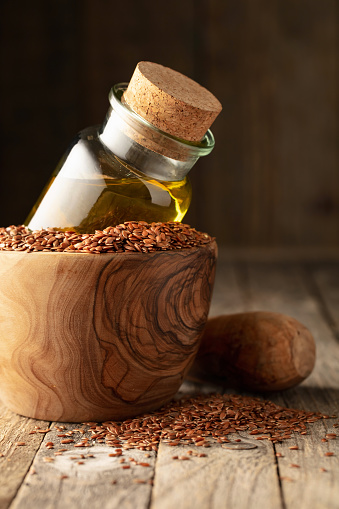Linseed Oil for Oil Painting
Linseed oil is one of the most commonly used mediums in oil painting. This oil adds a thick layer of varnish to the surface of a canvas. It also improves the drying time of the paint. It is a good idea to add linseed to your canvas before applying a layer of varnish. And it will ensure your painting will dry more smoothly and resist cracking.
Artists use refined or cold-pressed linseed oil for their paintings. The former is considered more stable and has less tendency to turn yellow over time. In addition, linseed oil helps the paint to dry quickly, making it easier to apply. It is also used as a binder for the color, making the finished product more flexible and resistant to fading.
Refined linseed oil is the most commonly used in fine art. It is less yellow than unrefined oil and therefore has fewer impurities. It should not be tinted, but it will make your painting look warmer. Be sure to try out your paint color before using it, as adding too much can cause it to be too dark or too light.
Refined linseed oil is the best oil for artists
Its neutral pH balance makes it easier for the paint to flow and adhere to the canvas. It is also more stable than vegetable oils and reduces the risk of yellowing. It is the most commonly used oil medium in fine art. And it makes the paints slower drying, which is helpful for those who like to paint in layers. Those new to the medium can begin painting in the lightest layers first, while the layers above will dry more slowly.
Linseed oil is a traditional medium for oil painting
It is commonly mixed with pigments and directly from the tube. Refined linseed oil tends to dry more quickly and is preferred for the initial layers of an entire painting. It also adds a matte finish to the canvas. It is used for making the underpainting and the first layers of the painting.

In addition to being used as a drying medium, linseed oil can also boost the pigment in your paintings. It will change the drying time and add a sheen to your paintings. There are various types of linseed oil available, but they all work well in oil painting. Its benefits include enhancing the flow of the painting and improving the look of your artwork.
The primary use of linseed oil in painting is to keep paint flexible. It prevents over-thinning when used with solvents. The oil is available in several forms. Refined linseed oil has a light yellow hue. Its linseed oil makes it easier to mix with pigments. It also provides an attractive, smooth, and lustrous surface.
Refined linseed oil is often used as a paint thinner
The most refined linseed oil contains the fewest chemicals and can make glazing oil paintings. It also takes up to four days to dry. Both types of linseed oil add several properties to the paint. For example, linseed oil increases transparency and gloss in the ointment.
Linseed oil is an essential medium for oil painting. It is used to give a glossy finish to the canvas. It is necessary to avoid using paints with too much gloss. A thin layer of linseed oil can add glow and shine to your work. If you are painting with a matte finish, you should avoid using linseed oil. This oil is not suitable for acrylic paintings.
A perfect painting medium should be colorless and non-yellowing. It should also be flexible, durable, and have suitable viscosity. However, linseed oil is yellow and should be mixed with turpentine or damar varnish before using it. Unlike watercolors, which are mixed with a synthetic medium, it is essential to follow the recommended quantities of both.

